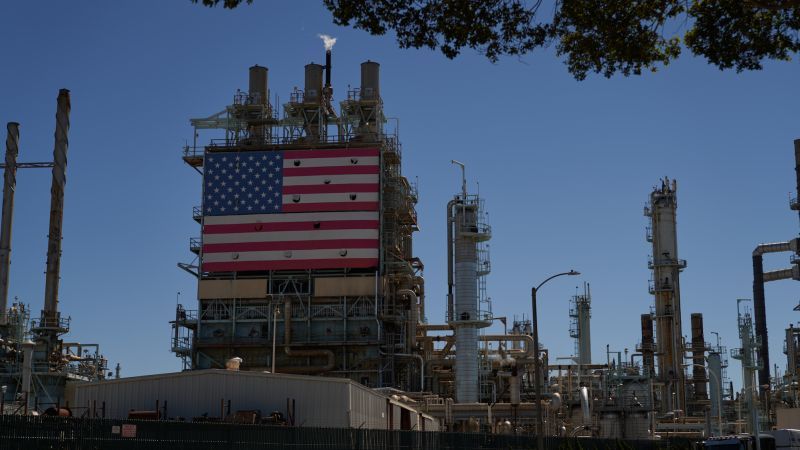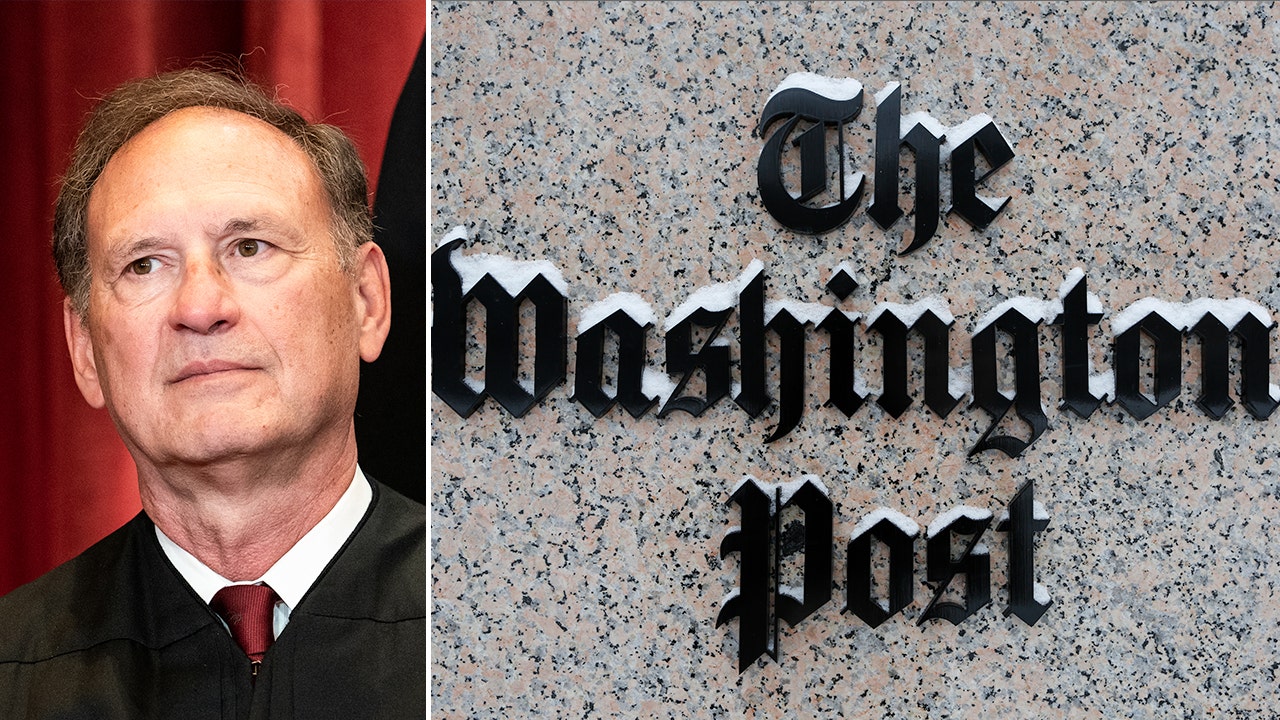cnn
—
Here's a look at crude oil reserves and production around the world.
Crude oil is a form of liquid petroleum, extracted from rock formations and used for fuel and other purposes.
Members of the Organization of the Petroleum Exporting Countries (OPEC) produce about 37% of the world's crude oil and hold nearly 80% of the world's total proven crude oil reserves, according to data from OPEC and the Information Administration. United States Energy.
The 12 countries/members of OPEC: Algeria, Congo, Equatorial Guinea, Gabon, Iran, Iraq, Kuwait, Libya, Nigeria, Saudi Arabia, United Arab Emirates and Venezuela.
The following countries have the largest oil reserves in the world in 2021, according to the US Energy Information Administration:
-Venezuela- 304 billion barrels
– Saudi Arabia – 259 billion barrels
– Iran – 209 billion barrels
– Canada – 170 billion barrels (non-OPEC country)
– Iraq – 145 billion barrels
-Kuwait- 102 billion barrels
– United Arab Emirates – 98 billion barrels
– Russia – 80 billion barrels (non-OPEC country)
– Libya – 48 billion barrels
– USA – 44 billion barrels as of December 2021 (non-OPEC country)
-Nigeria- 37 billion barrels
Production and consumption in the US
In 2022, the United States produced about 11.911 million barrels of crude oil per day.
The United States leads the world in total oil production, ahead of Saudi Arabia and Russia in 2022.
The United States consumed an average of 20.01 million barrels of oil per day in 2022.
The United States is the largest consumer of petroleum products in the world.
In 2022, for the third year in a row since at least 1949, the United States exported more oil than it imported. About 60% of gross oil imports come from Canada.
American dependence on imported oil peaked in 2005.
July 11, 2008 – Oil prices hit an all-time high of $147.27 a barrel before settling at $145.08 by the end of the day.
September 22, 2008 – Oil prices experience the largest one-day increase in their history, rising from $16.37 to $120.92 a barrel.
1973-1974 – Due to the United States' support for Israel in the Arab-Israeli conflict, OPEC members decide to increase the cost of oil from $3 per barrel to about $12 per barrel.
October 1973 – OPEC issues an embargo that stops oil exports to the United States. Americans are experiencing long lines at gas stations and gasoline shortages. Gasoline prices range from 36 cents per gallon in 1972 to more than 50 cents per gallon in 1973.
March 18, 1974 – At an OPEC meeting, seven members lift the ban on exports to the United States. The countries are Algeria, Saudi Arabia, Kuwait, Qatar, Bahrain, Egypt and Abu Dhabi. Libya and Syria refuse to lift the ban and Iraq boycotts the talks.
December 31, 1974 – Libya lifts its 14-month oil embargo against the United States.
December 22, 1975 – US President Gerald Ford establishes the Strategic Petroleum Reserve when he enacts the “Energy Policy and Conservation Act.” The law was created in response to the 1973-1974 oil embargo and the serious effect it had on the economy. It requires the country to maintain a reserve of one million barrels of oil, which is the largest emergency supply in the world.
2013 – The United States imports less foreign oil than it produces for the first time in almost two decades.
2020 – The United States imports less oil than it exports for the first time in more than seven decades.












